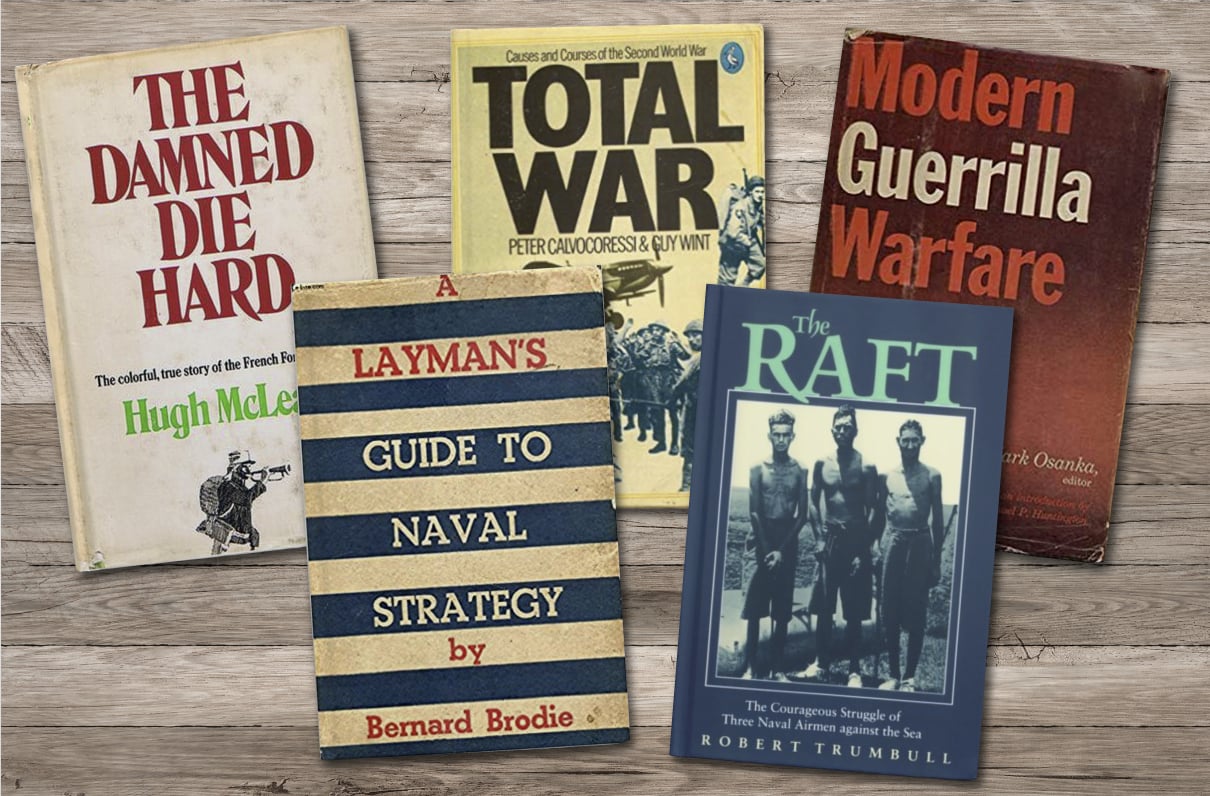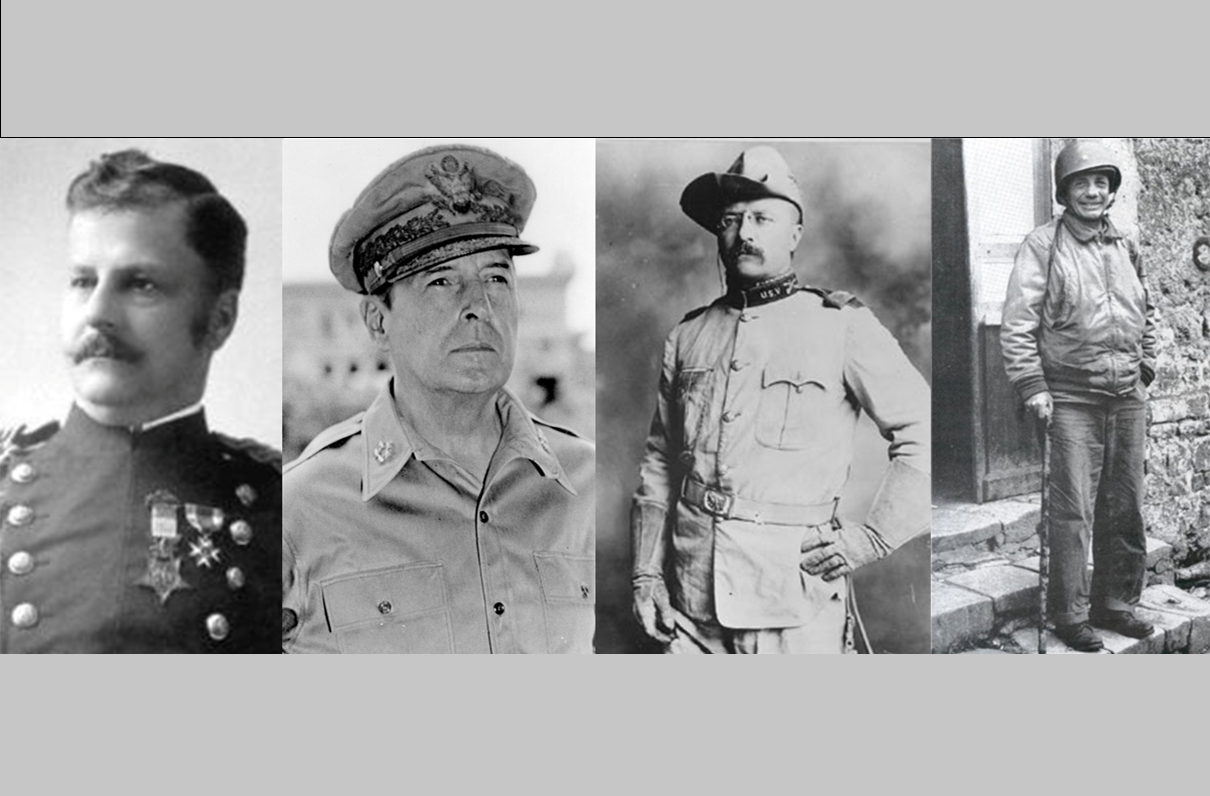By Col. William D. Bushnell, USMC (Ret)
The Raft
By Robert Trumbull. Henry Holt & Company, 1942. ISBN 978-1-5076-7216-7.
Newspaper editor and New York Times war correspondent Trumbull tells the remarkable true story of three U.S. Navy aviators crash-landing in the South Pacific during World War II. Trumbull wrote this story shortly after the sailors were rescued from spending thirty-four days in a small life-raft with no food, no water, no equipment, so some details are deliberately vague due to wartime censorship. Still, the tale is a fascinating testimonial to naval discipline, leadership, and ingenuity, as the three men sailed their raft 1,000 miles to an island sanctuary. Reprinted numerous times, the story was also made into a B-movie in 2014, “Against the Sun.”
A Layman's Guide to Naval Strategy
By Bernard Brodie. Princeton University Press, 1944. ISBN 978-1-1255-5920-8.
Naval officer Brodie wrote this book originally in 1942, hoping to clearly explain wartime American naval strategy to the public, emphasizing the importance of U.S. naval forces to the war effort and overall American dominance of the seas. He discusses the roles of various types of warships, from battleships and aircraft carriers to submarines, cruisers, and corvettes. He also explains the need for balance between numbers, types, weapons, costs, and tactical uses of naval forces: “The best warship is the cheapest one which will fulfill its specific function adequately.” Brodie describes the strategies of close and distant blockade, sea denial, sea control, and forward-deployment ashore and afloat. He includes an excellent recommended reading list.
Modern Guerrilla Warfare: Fighting Communist Guerrilla Movements, 1941-1961
Edited by Franklin Osanka. The Free Press, 1962. No ISBN.
Osanka has put together an intriguing collection of 37 essays written by soldiers, historians, and statesmen, American and foreign contributors who discuss all aspects of modern guerrilla warfare (as seen in 1962). Subjects include guerrilla warfare principles, tactics, and strategies, as well as counter-guerrilla actions. Case studies present guerrilla warfare in Russia in World War II, Communist China, Indochina, Cuba, and Algeria. Best, however, are the case studies of successful counter-guerrilla operations in Greece, the Philippines (Huks), and Malaya – using the guerrillas’ own tactics against them.
Total War: Causes and Courses of the Second World War
By Peter Calvocoressi and Guy Wint. Penguin Books, 1972. ISBN 978-0-394-47104-4.
Among the countless books about World War II, this is probably one of the best single volume histories of the war. Written by two British historians, this comes in two parts – one about Europe, the other about Asia. They cover all theatres, from western Europe and Russia, the Balkans, North Africa, and the Mediterranean, to China, Manchuria, India, Southeast Asia, and the Pacific. One of the best sections, “Europe Under the Nazis,” is an excellent narrative of occupation, exploitation, resistance, and revolution. Well supported by numerous detailed maps.
The Damned Die Hard: The Colorful History of the French Foreign Legion
By Hugh McLeave. Saturday Review Press, 1973. ISBN 978-0-8415-0247-5.
Author Hugh McLeave is a British Army veteran and acclaimed journalist writing about the exciting history of the French Foreign Legion, the “Legion of the Damned,” from its creation in 1831 in North Africa to the Battle of Algiers in 1960. This is a history of heroism, sacrifice, and esprit in a military unit made up of misfits, criminals, outcasts, romantics, and adventurers, who proved time and again “that men who lived badly could fight and die well.” He describes fierce no quarter battles in Algeria, Morocco, Italy, Mexico, the world wars, and Indochina, particularly at Dien Bien Phu in 1954. hroughout McLeave tells of men whose loyalty was not to France, but who lived, fought, and died for the Legion, a mystique still alive today.


